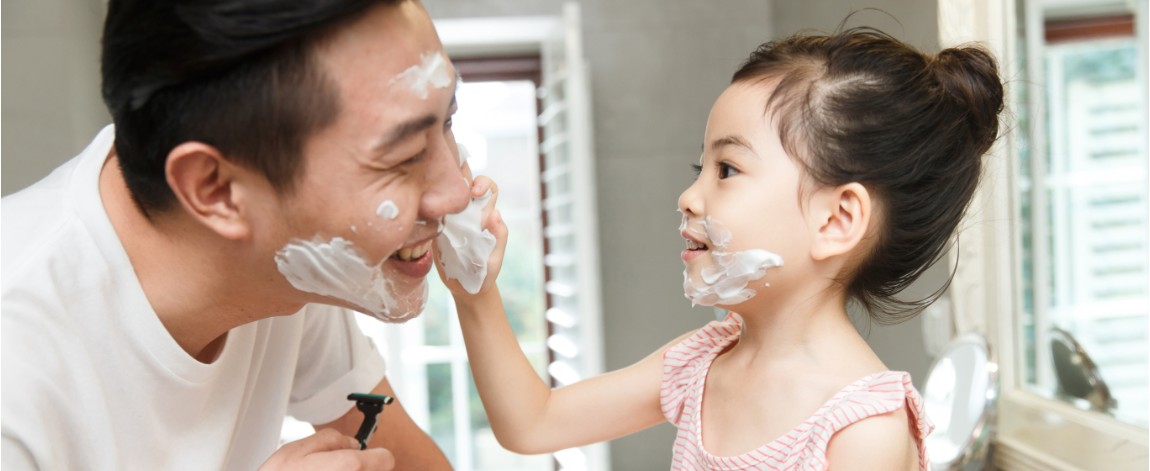
Effective Handwashing Technique
In the midst of the COVID-19 outbreak, keeping your hands clean is of vital importance to protect yourself and prevent the spreading of germs to others. Watch this short video on best practices for handwashing:
Avoid infectious diseases with one simple trick — wash your hands with soap
Hand Washing Techniques
You can’t see them, but germs hang out on your hands 24/7. While most are harmless, others can cause serious infection like influenza. These germs can enter your body when your contaminated hands come into contact with your nose, mouth, eyes or open wounds. Thankfully, you can avoid an infection simply by washing your hands. Read on to find out how.
Proper hand washing means washing your hands for at least 30 seconds with soap and water. The constant rubbing action helps soap break down the grease and dirt that carry most germs. This way, your hands don’t just smell fresh, but you’ll also reduce the germ count on your hands by up to 99%.
How to wash your hands?
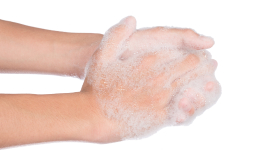
Palm to palm
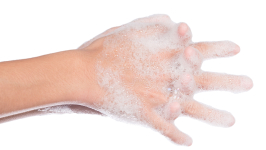
Between fingers
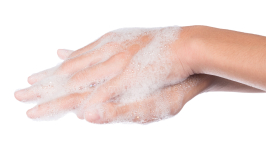
Back of hands
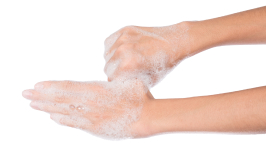
Base of thumbs
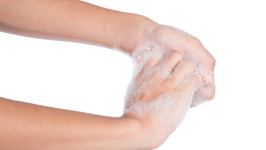
Back of fingers
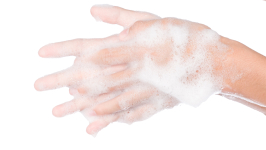
Fingernails
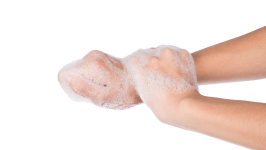
Wrists
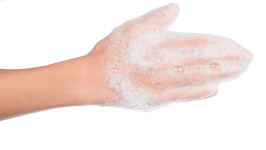
Rinse off soap and dry
When to wash your hands
Make sure you wash your hands whenever you do the following:
-
Handling or preparing food
-
Meals
-
Attending to a child or sick person
-
Wearing contact lenses
-
After Using the toilet
-
Wiping or blowing your nose
-
Coughing and sneezing
-
Changing diapers
-
Touching common surfaces like lift buttons, handles and table tops
Any type of soap is fine
Bar soaps should be kept in a self-draining holder that is cleaned thoroughly before new bars are put in, while liquid soap containers should be used until empty and cleaned before refilling.
Or try your hands with sanitizers
When travelling overseas or going to places where clean water and soap are not available, try using hand sanitisers for an added hygiene boost after washing your hands with soap. The most common hand sanitisers are alcohol-based.
How to use alcohol-based hand sanitisers
-
Wash your hands with soap and water to make sure all dirt is removed. Alcohol-based sanitisers work best on clean skin.
-
Dry your hands after washing, as water dilutes the alcohol in the sanitiser and lessens its effectiveness.
-
Apply a coin-sized amount of sanitiser on your hands. Rub them together, ensuring that both hands are covered with sanitiser, including the area under your nails.
-
Keep going for about 15 to 20 seconds, or until your hands feel dry.
-
Your hands may be clean after washing with soap and water, but also take these precautions when drying them:
-
Avoid using sponges or non-disposable cleaning cloths to wipe your hands unless you clean them on a daily basis and dry them regularly. Remember, germs thrive on moist surfaces.
-
Do not use a common hand towel. Always use disposable towels and hand dryers in public washrooms.
-
Do not use a single damp cloth to wash a group of children’s hands.
Download Pulse by Prudential now
and understand your health better today

Apple, the Apple logo, and iPhone are trademarks of Apple Inc., registered in the U.S. and other countries.
App Store is a service mark of Apple Inc., registered in the U.S. and other countries.
Google Play and the Google Play logo are trademarks of Google LLC.


